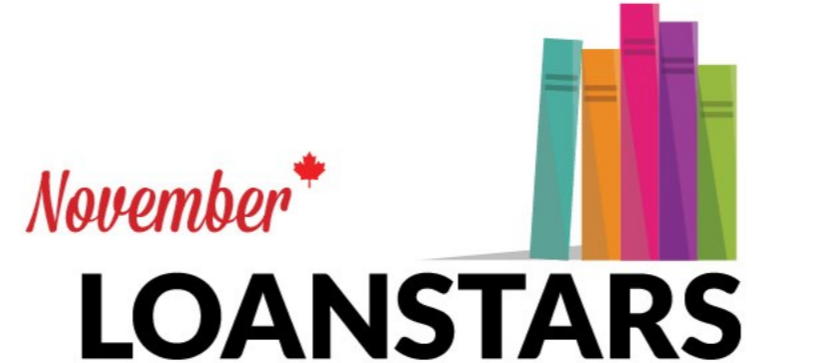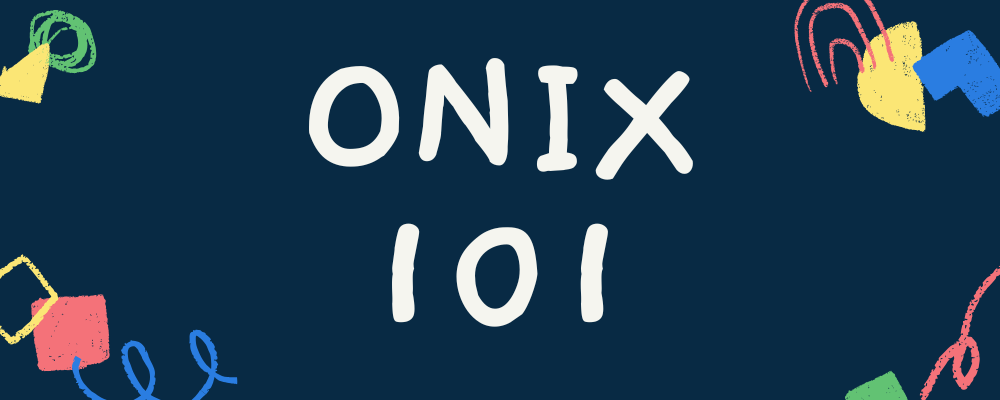Here at BookNet Canada, one of the top questions we get from librarians is how they can use LibraryData for performing diversity audits on their own collections. Undertakings such as these are vital for libraries to identify collection gaps and curate collections that are reflective of readers in their local communities.
According to the data found in our Canadian Leisure and & Reading Study 2023:
90% of readers believe that books should be representative of a variety of experiences;
76% of readers believe that a greater variety of authors should be published and stocked; and
71% of readers believe that books about a group or culture should be written by people from that group or culture.
If libraries want to make sure that their items are indeed representative of a variety of experiences without physically going through each book, they need to rely on metadata. And though there is no quick and easy way to use metadata to identify diverse books — “it isn’t described in a single code,” as our resident standards expert, Tom Richardson says — there are some ways to get at this information. In this edition of the Easier with BookNet series, we’ll look at ways in which you can use the various filters and reports available in LibraryData to help kick start your diversity auditing process.
Search filters in LibraryData
Let’s start by looking at some of the filters available to you in LibraryData.
1. Canadian titles toggle
If you’re interested in looking at the number of titles in your collection with a Canadian contributor, then the Canadian titles toggle is for you. Found in most LibraryData reports, this toggle will limit your search results to any books with a contributor identified as Canadian in the ONIX metadata.
Just remember that means any contributor (including illustrator, editor, etc.), so this will not limit your results to Canadian authors exclusively.
2. BISAC subject filter
If you’re interested in the content of a book, you can use the Subject filter! On most reports, you can click “Add/Edit Subject” to open the BISAC subject tree and select the subject you’re interested in.
While BISAC codes do not guarantee an author’s identity, they’ll of course be able to give you a sense of the content of the book. As an example, there are a number of Indigenous subject BISAC codes that would help you identify those types of books in your collection.
3. Language filter
Finally, if you’re interested in making sure that your collection has materials that cater to the different languages spoken in your community, you can use the Language filter, which has hundreds of languages for you to choose from.
Building your reports
Now that you have your filters sorted, you can start building your reports! Here are a couple of suggestions to help get you started.
1. Popular Books
The Popular Books report is a great place to find the books that are currently in your collection and to see how those titles have been circulating among patrons within a given time period. For example, if you want to see how French titles have been performing in your library over the past year, you can set a report with the following criteria:
Aggregate: Your chosen library
Reporting Period: Last 52 weeks
Limit rows to: 10,000 (We recommend increasing this to a larger number of rows in order to get the fullest possible set of data. Depending on the size of your library as well as the selected reporting period and filters, you may even want to increase this to 50,000. Just remember any report with 30,000 rows or more is available through the Download Option only.)
Rank by highest: Loans
Filtered by / Languages: French
On the LibraryData website, that would look like this:
And don’t forget your language filter!
This will give you a full list of the French titles you own in your collection, along with the number of loans, holds, renewals, and copies on order within the past 52 weeks.
2. Subject Trend Analysis
If growth is what you’re interested in, you should run a Subject Trend Analysis. For instance, are you interested in seeing how your Indigenous Adult Fiction titles have been circulating among patrons over the past few years? You can set this up quite easily using the below criteria:
Aggregate: Your chosen library
Subject: Fiction / Indigenous / All
Reporting Period: Year over year / Full Year / 2023 (We recommend setting your year as the last year with a complete year’s worth of data)
For example:
In this case, you’d be able to discover how many loans and renewals there were for materials in your collection with a Fiction / Indigenous BISAC code for as long as your library has been reporting into LibraryData.
We hope this has helped provide you with some useful tips for auditing your collection for diverse materials. If you have any questions or would like to learn more please reach out to the LibraryData team at librarydata@booknetcanada.ca.




















Sales and library circulation data of Horror titles during the the second quarter of 2025.